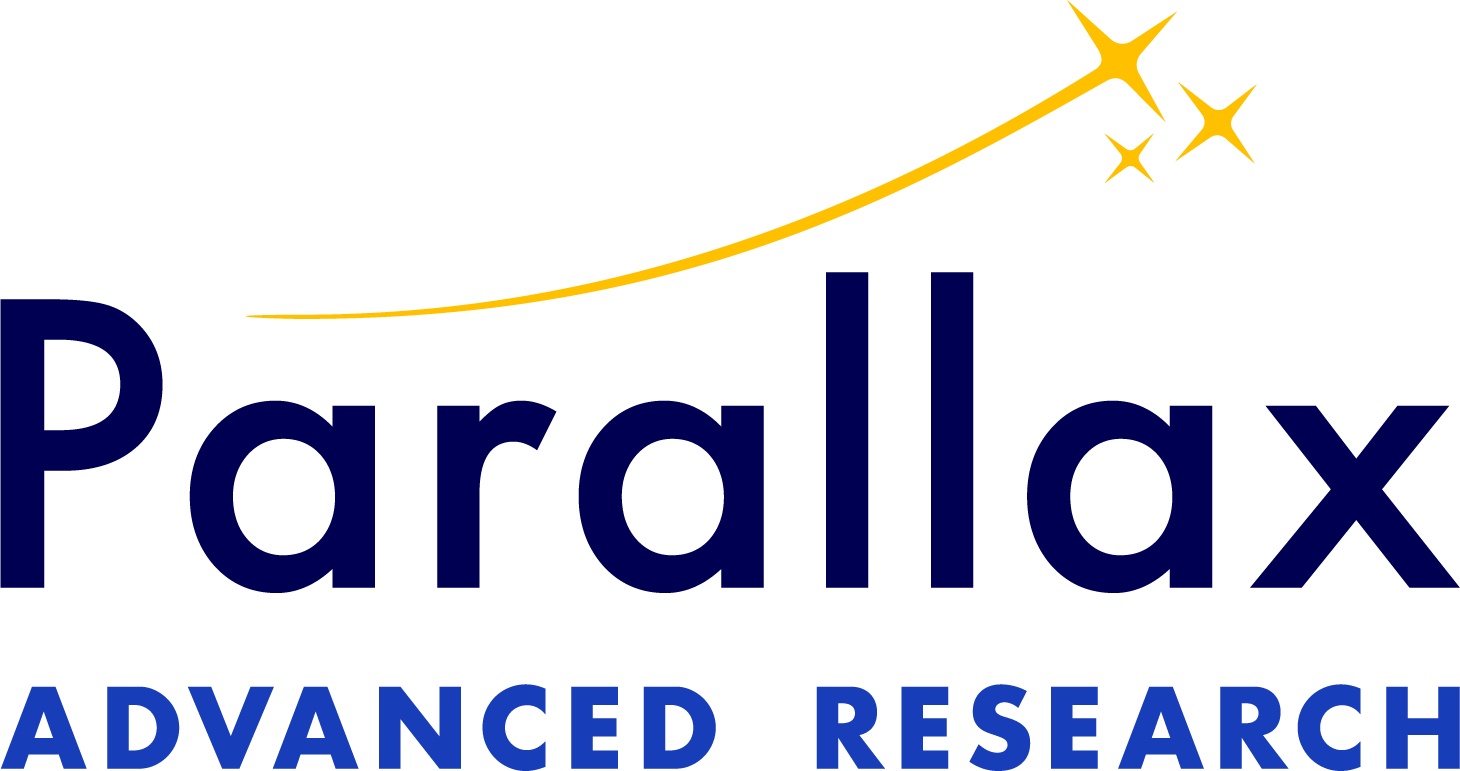
Artificial intelligence is changing how the Department of Defense thinks, fights, and decides—but according to Dr. Mary Frame, Program Manager and Director of Cognitive Research at Parallax Advanced Research and the Ohio Aerospace Institute, the real revolution won’t come from smarter machines alone. It will come from designing AI that understands, supports, and strengthens human decision-making.
“AI and machine learning can parse data faster than any analyst ever could,” Frame explains. “They can aggregate massive datasets, compare across modalities, and build confidence in intelligence by validating multiple independent sources. But that’s only half the equation. The other half is how humans interpret, trust, and act on what those systems produce.”
For Frame, who has spent her career at the intersection of cognitive neuroscience and defense operations, decision superiority comes from aligning AI with human cognition to augment their joint capabilities—not from replacing humans with AI.
AI as a Tool, not a Replacement
Frame is quick to dismantle one of the most persistent misconceptions in the defense community: that AI is ready to replace analysts or commanders.
“Right now, AI is a tool, not a teammate,” she says. “The systems we have today can process data and compute outcomes incredibly efficiently—but they don’t truly understand the context of what they’re analyzing.”
She offers a simple explanation: a large language model (LLM) like ChatGPT might know that the word “father” is statistically likely to appear near the word “mother,” but it doesn’t understand that a father and mother are human parents within a family structure.
“That lack of understanding matters,” Frame notes. “Because when you’re building AI for mission-critical decisions, context is everything.”
Her long-term vision is for AI to function as a collaborative teammate—a system that models the environment, understands its role, and can communicate intent and uncertainty in a way humans naturally comprehend. That requires integrating concepts from cognitive science: shared mental models, team theory of mind, and cognitive task analysis.
Designing for Trust and Transparency
Trust is a recurring theme in Frame’s work, and she doesn’t shy away from calling it one of the hardest barriers to operational adoption.
“In Silicon Valley, they say ‘go fast and break things.’ In defense, we can’t afford to break things,” she says. “One bad experience with an unreliable AI tool can destroy trust for years. Commanders will say, ‘We’re never touching that again.’”
That’s why her team’s approach, called DevCogOps—a blend of development, cognitive research, and operational testing within a secure environment—keeps human trust calibration at the core.
As she explains, “We don’t just build AI and hand it over. We co-develop with operators in the loop, test with real workflows, and measure human sensemaking, decision efficacy, and speed. That allows us to refine how transparent the tool is, how it conveys confidence, and how intuitive it feels to use.”
The result: systems that analysts not only understand but want to use.
Human Signals as Data: The Next Frontier
Frame believes the next leap in defense decision support will come from adaptive AI that responds to human physiology—eye tracking, EEG, cardiac metrics, and other neurocognitive indicators.
“These are powerful signals,” she explains. “They can tell us if an operator is overloaded, fatigued, or distracted. Imagine a decision-support system that knows when you’re missing something important and subtly adjusts its interface or timing to help you refocus.”
But she’s also realistic about the challenges.
“Physiological sensing hardware is still cumbersome, proprietary, and expensive,” she notes. “And in classified environments, streaming physiological data raises security concerns. But if we can overcome those barriers—if we can securely integrate live cognitive state data—AI can finally become responsive to human performance in real time.”
Bridging Research and Operations
When asked what it takes to move cognitive-AI research from the lab to the field, Frame doesn’t hesitate: “Stop building solutions in search of a problem.”
She’s seen too many promising tools die in the “valley of death” because they were never co-developed with the people who would use them. “You have to start by understanding the operator’s workflow,” she says. “What are their pain points? What are they cobbling together manually? What bottlenecks slow their mission down?”
By embedding research in operational settings and engaging users from day one, her team builds tools that integrate seamlessly into existing systems—and, crucially, gain user adoption.
“When analysts help shape the design, they become stakeholders,” she explains. “Even if they don’t realize it, they’re co-designing the system. That’s how you get real-world impact.”
Human-AI Co-Learning: The Next Five Years
Looking ahead, Frame sees major potential in human-AI co-learning, a field that trains both human operators and AI systems together.
“The goal is to align how humans and AI build knowledge,” she says. “Right now, we train analysts separately and then try to bolt on automation. But if we train them concurrently—so that the AI’s knowledge structures mirror the human’s conceptual models—we’ll have systems that truly collaborate rather than just compute.”
That, she argues, is what will finally turn AI from a static tool into a dynamic teammate—one capable of evolving with its human counterpart.
About Dr. Mary E. Frame

Dr. Mary Frame is a Program Manager and Director of Cognitive Research at Parallax Advanced Research and the Ohio Aerospace Institute. She leads multidisciplinary teams advancing cognitive neuroscience, human-machine teaming, and AI-driven decision support for defense and intelligence operations. Her work has supported AFRL, NGA, and other national security agencies, driving operational tools from prototype to fielded capability.
Her mission, as she puts it, is simple: “To make AI that doesn’t just think faster than us—but thinks with us.”
###
About Parallax Advanced Research & the Ohio Aerospace Institute
Parallax Advanced Research is a research institute that tackles global challenges through strategic partnerships with government, industry, and academia. It accelerates innovation, addresses critical global issues, and develops groundbreaking ideas with its partners. In 2023, Parallax and the Ohio Aerospace Institute formed a collaborative affiliation to drive innovation and technological advancements across Ohio and the nation. The Ohio Aerospace Institute plays a pivotal role in advancing aerospace through collaboration, education, and workforce development. More information can be found at parallaxresearch.org and oai.org.
